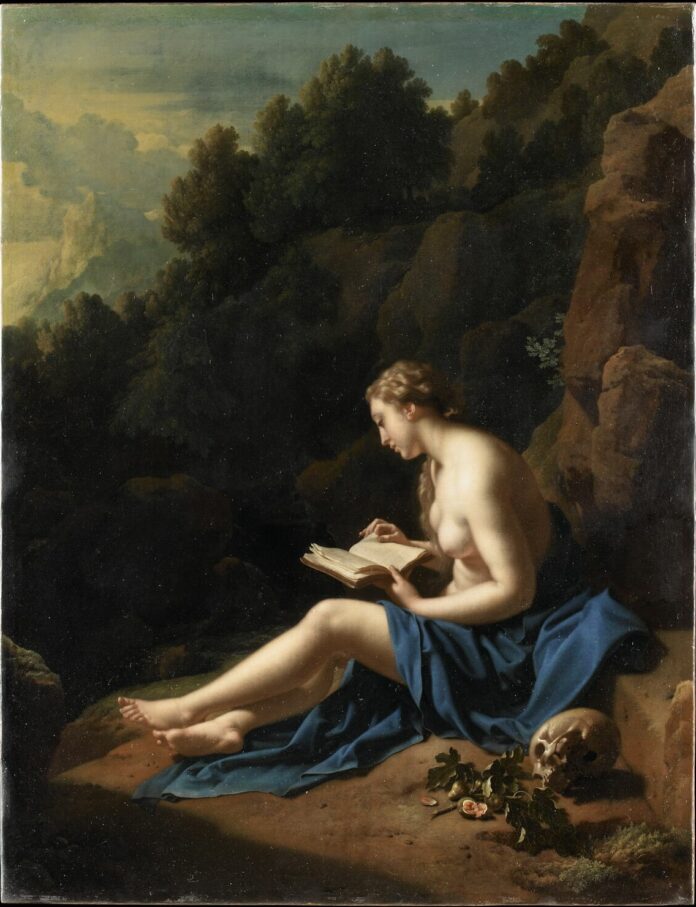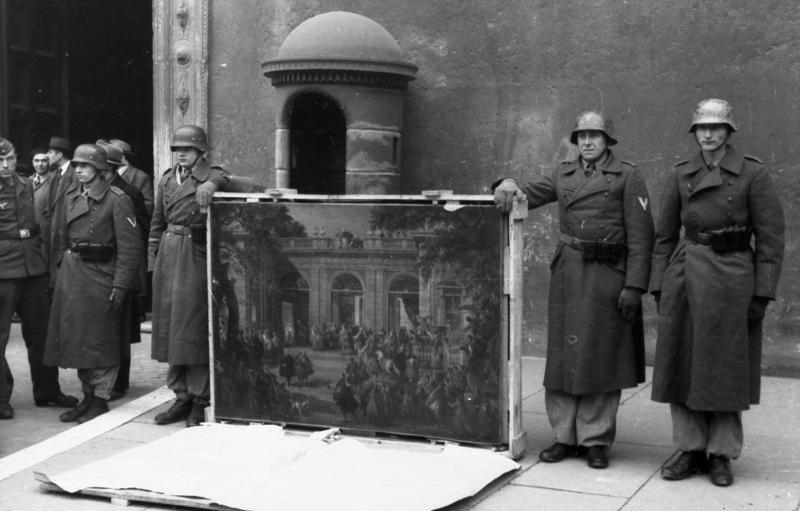
The court ordered Christie’s to return the painting by the Dutch artist Adrian van der Werff “Penitent Magdalene” to the heirs of Lionel Houser. She was kidnapped by the Nazis during World War II.
Hauser is the cousin of Marcel Proust. Houser said that in 1942, supporters of the ideology of fascism confiscated 40 works of art from him, including The Penitent Magdalene.
The painting was on a special list of property looted by the Nazis. But for some reason this information was not taken into account when selling the canvas in 2005. Then, the lot went under the hammer for 60 thousand pounds.
The current owner of the Nazi-looted art decided to put the canvas up for auction again in 2017. Then, the fate of the painting was traced. Christie’s offered to share the profits from its sale between the heirs and the person who now owns it.
Investigations into Nazi-looted art began as early as 1944. They stole, confiscated, forced to sell at a reduced price almost every fifth work of art in Europe. Works from the famous exhibition “Degenerate Art” are still found either in abandoned dungeons during the construction of the metro, or from unknown heirs of figures from the Reich times.
The story is quite obvious: the Nazi-looted art was simply stolen, and its fate became clear only in 2017 when it suddenly surfaced at an auction. Today, after many decades, the issue of returning works that have been with other owners for a very long time and under conflicting circumstances is much more complicated.
One of the centerpieces of the Zurich Art Museum’s new building is the collection of Emil Bührle, a Swiss multimillionaire who made his fortune in the arms trade with the Third Reich. About 100 of 170 artworks in his collection, included in the permanent exhibition in 2021, have a problematic provenance.

A year and a half ago, the Jewish Museum in New York hosted a major exhibition dedicated to the complex history of the collections of European Jews looted by the Nazis. Last year, France pledged to return to the descendants of the rightful owners the works of Chagall and Klimt from the Louvre and the Musée d’Orsay.
It is not known whether Christie’s auction house will appeal the court’s decision. There is a fine of 500 euros per month for the delay in the return. Based on the Court’s findings, it appears that Christie’s would be less successful in an appeal than in an amicable settlement or acceptance of the decision. Even from a reputational point of view, this is a much better solution than continuing such a battle.
As for other lawsuits, indeed, there are more and more of them. In previous years, the heirs were just starting this path: one of the key court decisions was the decision of the American court in the case of the Klimt`s painting from the Austrian Museum. After this decision, when the painting was in fact confiscated, the heirs began a more thorough study of those paintings that were lost.
Many of them achieve successful judicial decisions. The jurisdiction chosen by the heirs has a significant influence. Most often, the heirs do not choose the jurisdiction of the museum, for example, not Austria, but the jurisdiction of another state, most often the United States.
In mid-January, the heirs of the German Jew Paul von Mendelssohn-Bartholdy demanded that one of Van Gogh’s Sunflowers be returned to them. Descendants claim that the insurer profited from the canvas unlawfully for many years, “knowing that the painting was a victim of Nazi policy, and pretending that it was not.” The painting is currently in Japan. The process continues.
























